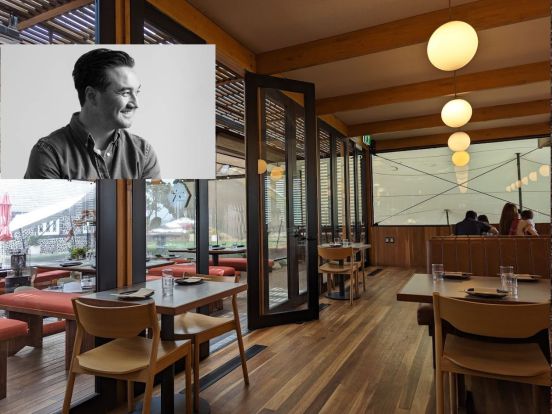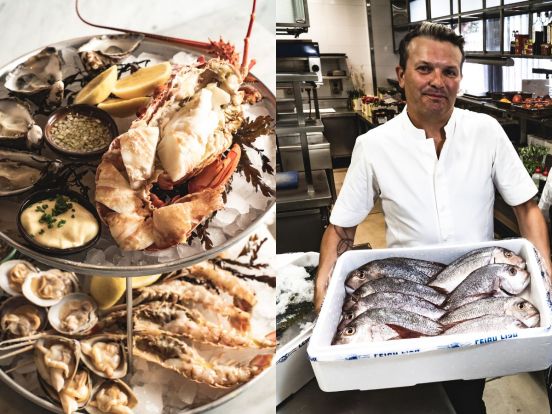New Zealand, outside of Auckland and Northland, shifted to Level 3 last night with cautious optimism of regaining revenue, a new reality as customers seek coffee, fast food and contactless deliveries of their favourite meals.
There are steps restaurateurs can now take to make the order and handover processes for deliveries go both smoothly and safely. Masks, hand santitiser and frequent handwashing help protect delivery drivers as they make the rounds during the pandemic.
Restaurant re-openings for contactless takeouts are being welcomed by diners looking forward to food and coffee options from their favourite providers.
To keep up with the influx of off-premise orders, many restaurants have overhauled their delivery procedures to optimise fulfillment, comply with health guidelines, and still make enough to stay in business.
Six things to keep in mind for smooth delivery service
Whether operating your own driving fleet or contracting with a third-party, there are best practices to ensure orders get to customers as anticipated.
The six recommendations below are a mix of tried-and-true approaches and those newly adopted during the pandemic.
1. Designate staff members to be your delivery specialists.
If customers get the wrong order, or parts of the order are missing, it could be a dealbreaker for future business. Designate a staff member each shift to handle all aspects of the delivery process to:
• Ensure order accuracy
• Double-check special requests (allergies, extra sauces, pie-cut vs. square, cheese/no cheese, etc.)
• Add in recyclable condiments, utensils and napkins.
• Mark or tag bags for easy I.D. and time stamp or write on the packaging when they were ready to go.
• Set them out in the pick-up area in the right spot.
To double-check an order is complete, this designated employee can put a checkmark by each item on the order summary receipt and attach it to the bag before it goes out.
Assigning a delivery specialist each shift gives your operation a single point of contact for all delivery orders and can help eliminate confusion about where orders are in the pipeline.
2. Accommodate the increase in orders
Preparing for an influx of delivery orders while maintaining social distancing is a delicate balance.
• Set up orders on tables, racks or shelves near the door, or by the drive-thru station window.
• Mark the shelves by delivery service and alphabetise pick-up sections so drivers don’t have to search through orders (you want to minimise the number of hands touching bags).
• Fine-tune timing. What delivery drivers dread is waiting while the order is prepared and packaged for travel. If you’re consistently slow, drivers might choose to collect orders from more timely competitors.
3. Package delivery orders properly.
Ensure that delivery orders are packaged to maximise the food’s freshness, maintain temperature and integrity, and make the delivery driver’s job easier. Invest in packaging that’s:
• Insulated for hot foods
• Leak-proof for sauced foods
• Ventilated for dishes that would wilt or go soggy from trapped condensation
• Tamper-proofed with a sticker label, staples or tight bag knot
• Many dishes are better “dressed” by the customer, so dressings and sauces on the side is a good practice. Let them “assemble.”
• Package hot and cold foods separately.
• Opt for packages with clear lids or label the packages with their “particulars” to keep customized orders straight (e.g. extra peppers, no peppers).
• Keep a supply of permanent markers on hand; they write on all materials.
• A major help for delivery drivers is beverages that come in bottles or cans, or in a sturdy beverage carrier that they can place on their passenger seat to avoid spilling during the drive.
4. Ensure that delivery instructions are clear.
To ease the difficulties that drivers face when out on food runs, restaurants can help by taking down details about the address when they’re taking orders. Do drivers:
• Have the proper address?
• Know which apartment building to go to?
• Have any gate codes they need?
• Know about broken doorbells or buzzers?
• Know where to leave the food delivery (Front desk? Outside door?)
Addresses can be hard to find when they’re part of a large complex, or when an individual house number is hidden or dimly lit. Encourage your delivery customers to leave a porch light on for the driver and clarify the location with a description.
5. Establish a line of communication between the driver and customer.
With delivery apps, it can be hard to remedy miscommunications or problems with the delivery. Establishing a line of communication between the customer and the delivery driver helps ensure an order gets delivered properly and on time.
If a driver is confused about a delivery instruction, can’t find an address, or has any other issue while making a delivery, the problem can usually be solved with a quick text or phone call.
Making sure that the driver and customer can contact one another directly eliminates the need for either of them to waste time calling the restaurant to get in touch. Remind your customers to have their phones with them when they are waiting for an order so that they can receive texts or calls from the driver.
6. Extra safety precautions for drivers during the pandemic.
In addition to the general delivery pickup tips above, many restaurants implement extra sanitation precautions to reduce the risk of COVID-19 contact infection. These include:
• Wearing masks, and if required by company or locality, gloves.
• Using hand sanitizer (minimum 60% alcohol content) before and after package drop off, and stopping to wash hands regularly, for 20 seconds at a time, especially after handling cash, cards, gate and door handles, and pressing doorbells.
• Carrying disinfecting wipes in the car to use on car touch-points such as door handles and steering wheels throughout the day.
• Using disinfecting wipes on a pen before and after the customer uses it to sign for food (even better: forgo the signing step with contactless payment options).








